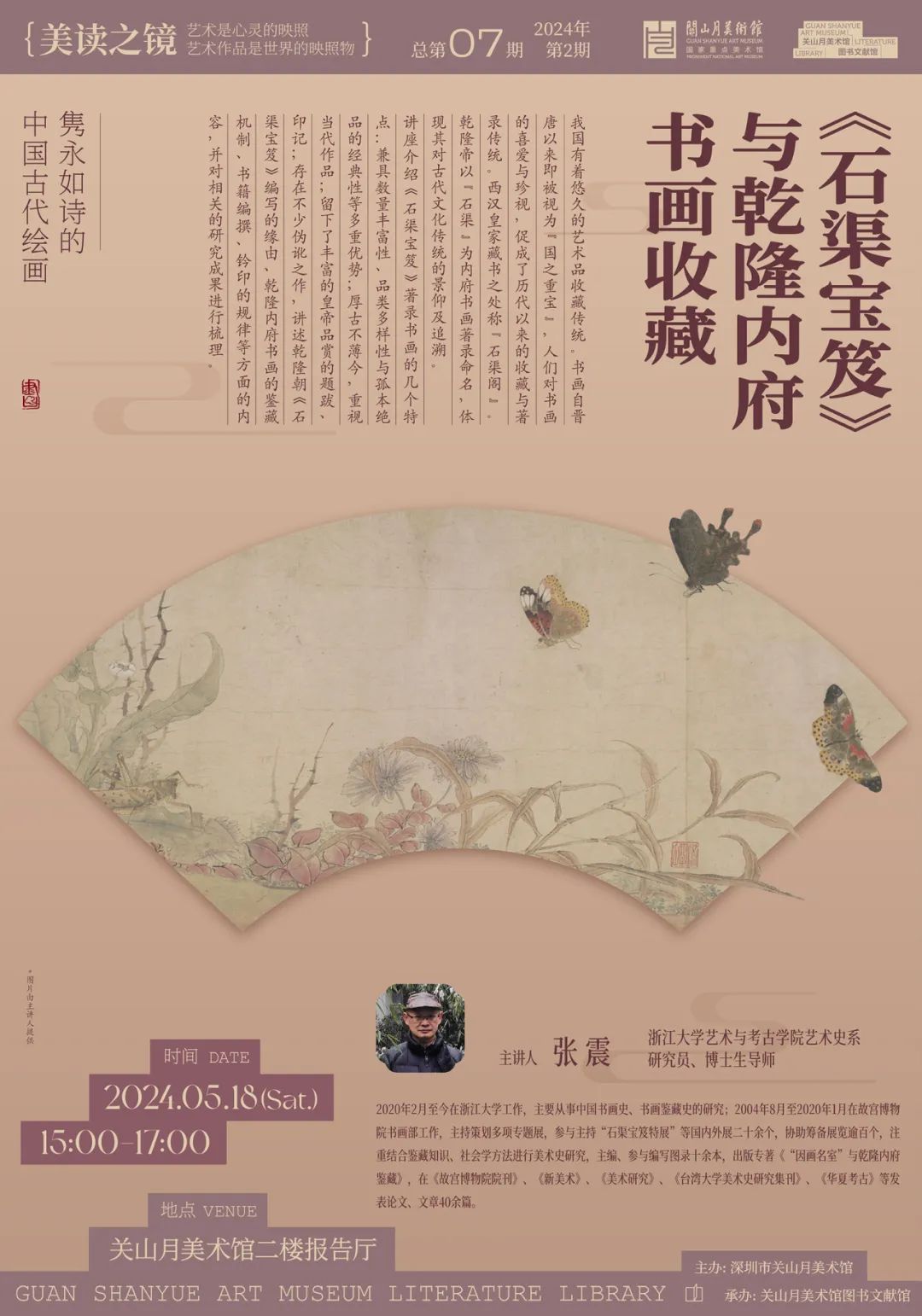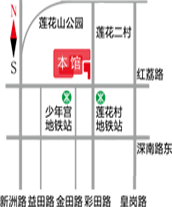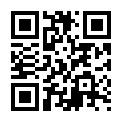The Shiqu Treasure Collection is a masterpiece in the history of Chinese calligraphy and painting, collecting all the calligraphy and painting works from the peak period of the Qing royal collection. It holds an irreplaceable position in the hearts of calligraphy and painting enthusiasts. In September 2015, the long-awaited "Shiqu Treasure Collection Exhibition" opened simultaneously at the Wuyingdian Calligraphy and Painting Museum and the Yanxi Palace Exhibition Hall of the Palace Museum in Beijing. This is the heaviest exhibition project launched by the Palace Museum to celebrate its 90th anniversary. During the two month exhibition period, nearly 300 precious collections of calligraphy and painting from the Forbidden City were presented to the audience. During the exhibition, the Forbidden City was bustling with people both inside and outside, and admission tickets were hard to come by. The grandeur was unprecedented, making "Shiqu Treasure Collection" one of the hottest cultural buzzwords of 2015. The exhibition is divided into two parts: "Collection" and "Compilation", which are exhibited simultaneously at the Wuying Hall and Yanxi Palace, complementing and integrating each other. Due to limited exhibition space, the organizer replaced some of the collections in the middle of the exhibition period and exhibited them in two phases. A total of 283 collections of calligraphy and painting from the Forbidden City are exhibited in two exhibition halls and phases, and the official website of the Palace Museum still retains online exhibitions to this day.
In order to guide readers to gain a deeper understanding of the history of the Shiqu Treasure Collection and the collection of calligraphy and painting in the Qianlong Inner Prefecture, the "Mirror of Aesthetic Reading" series of academic lectures in the second issue of 2024 (total issue 07) invited Mr. Zhang Zhen, a researcher from the Department of Art History at the School of Art and Archaeology of Zhejiang University, to provide us with a detailed explanation of the compilation characteristics of the Shiqu Treasure Collection and the collection mechanism of calligraphy and painting in the Qianlong Inner Prefecture. Mr. Zhang Zhen worked in the Calligraphy and Painting Department of the Palace Museum from 2004 to 2020, and personally participated in the planning of various exhibitions in the Palace Museum, such as the "Shiqu Treasure Collection Exhibition". His research topic for pursuing a doctoral degree in art history at the Central Academy of Fine Arts was the study of "Shiqu Baoji". To this end, Zhang Zhen collected as much as possible materials such as imperial poetry collections, collections of ci officials, poems and postscripts related to calligraphy and painting by Emperor Qianlong and ci officials, and palace archives. He systematically sorted and organized them, and intentionally integrated the research methods of art history with those of the Palace Museum, elaborating in depth on the mechanism and collection concepts of calligraphy and painting in the Qianlong Imperial Palace. His monograph "The Room for Famous Paintings and the Collection of the Qianlong Inner Prefecture" was added and revised based on his doctoral thesis. We look forward to Mr. Zhang Zhen sharing his years of appreciation experience and research insights with us.





